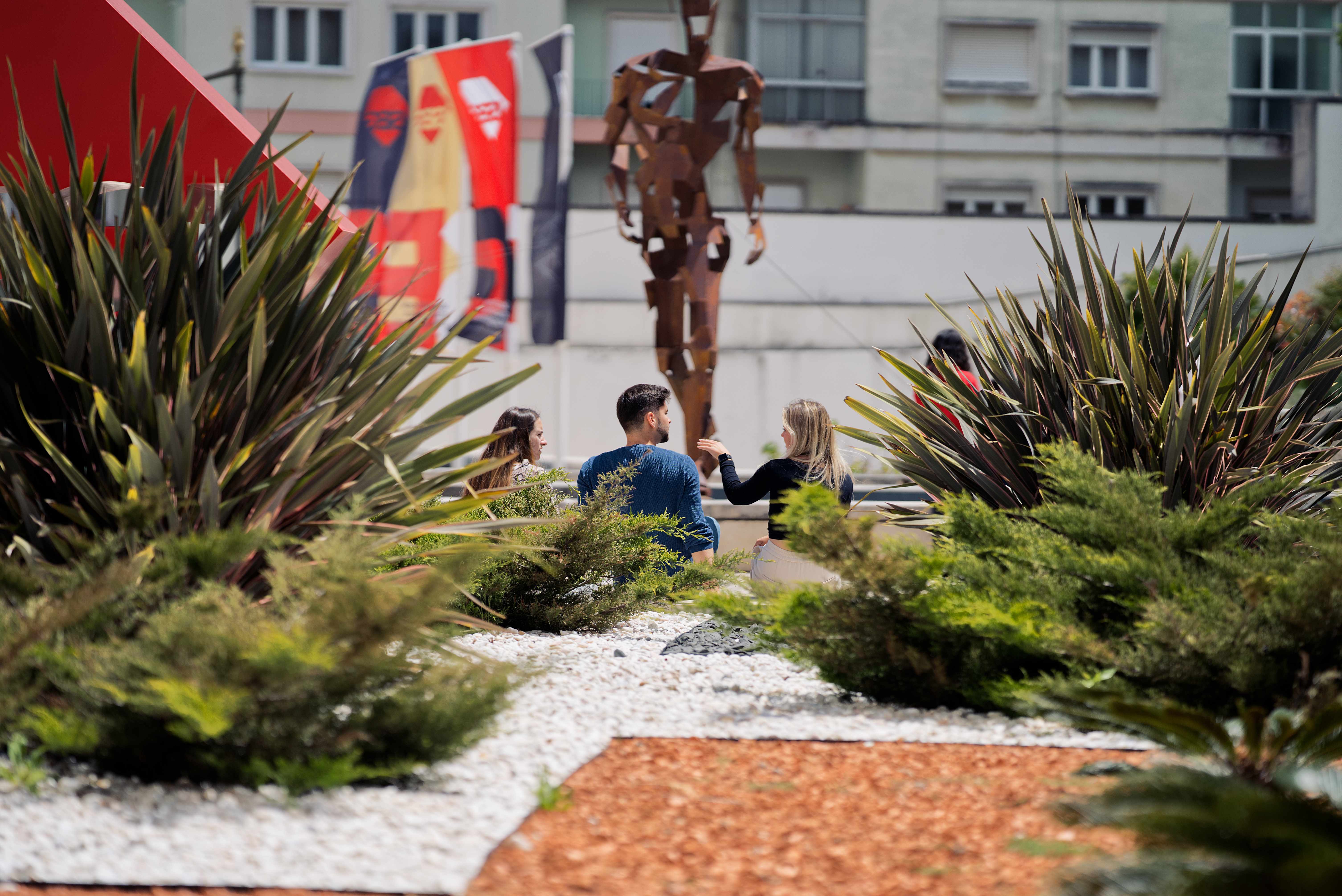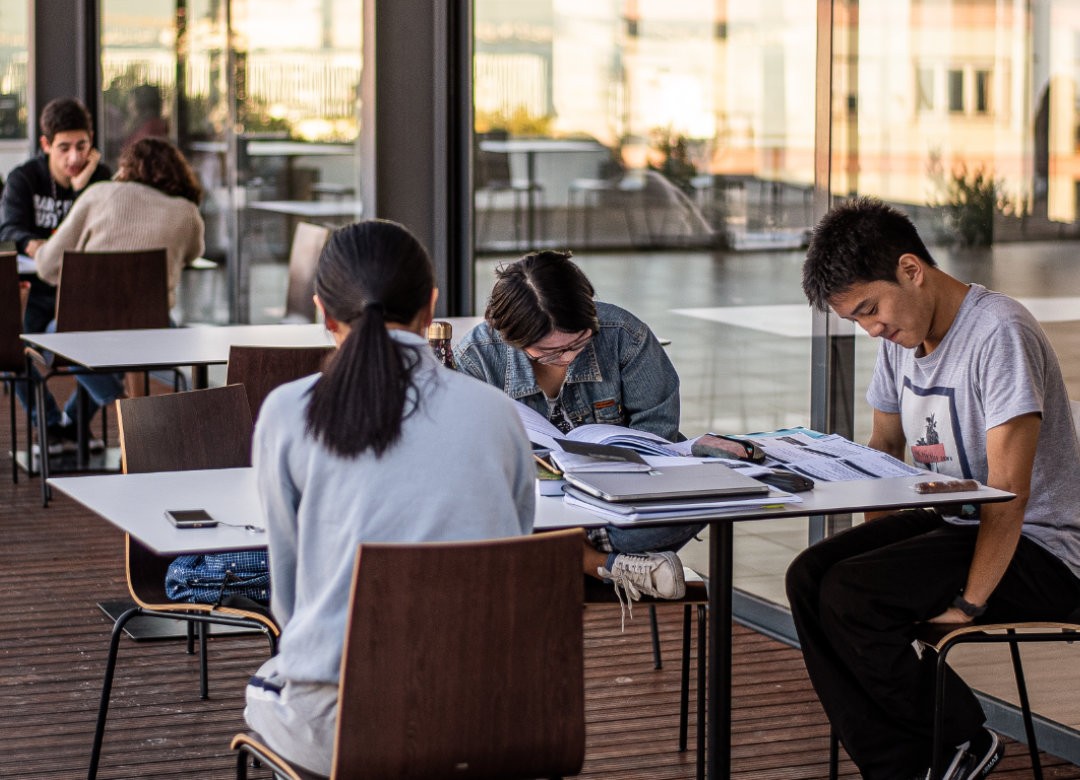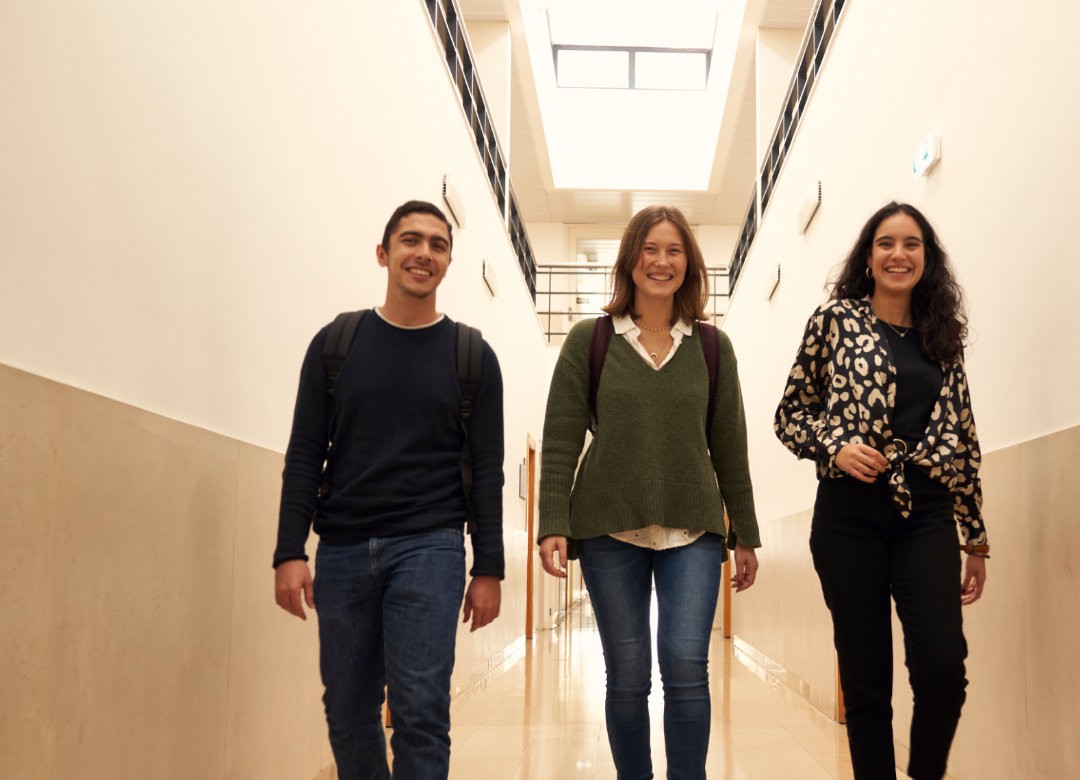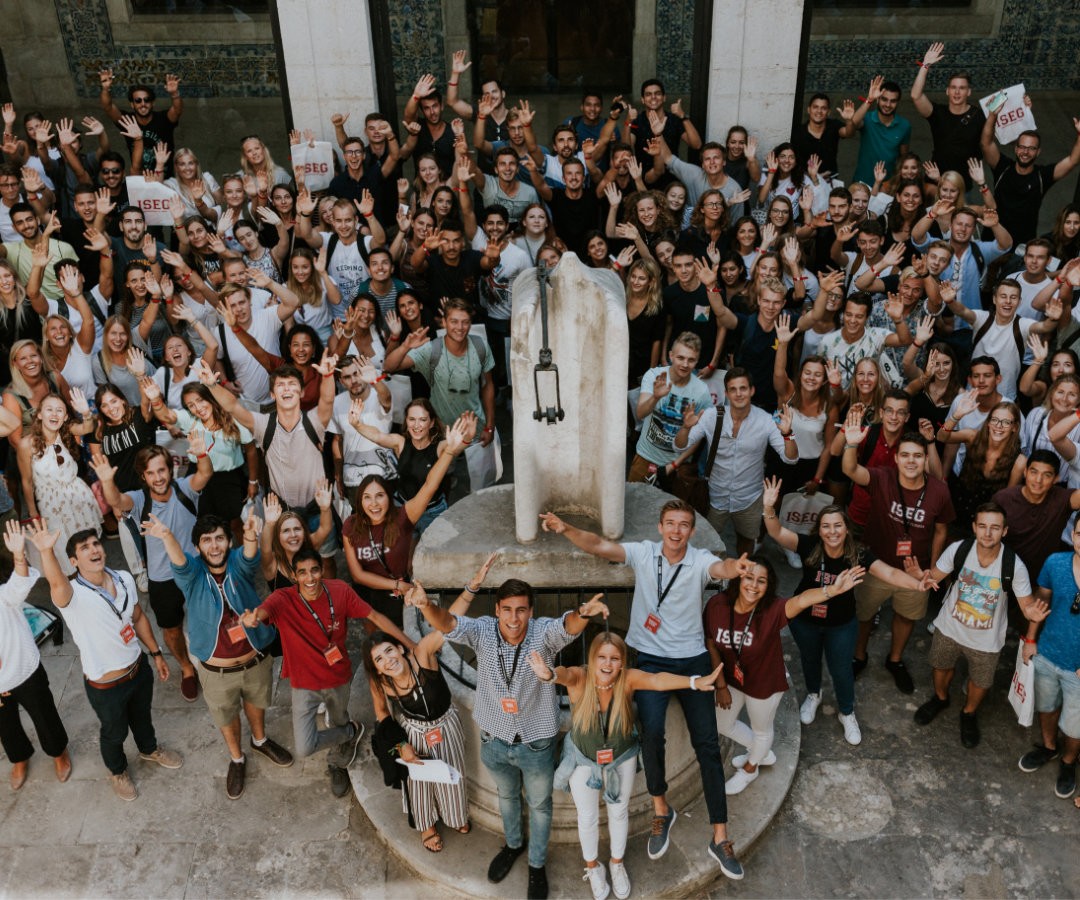No dia 11 de outubro, Pieter Vanhuysse apresenta no ISEG o estudo “Do low-fertility societies tax their own reproduction?”.
Entrada livre.
Abstract:
What are the intergenerational resource transfer contributions of parents and non-parents in Europe? Using National Transfer Accounts and National Time Transfer Accounts for twelve countries around 2010, we go beyond public transfers (net taxes) to also value two statistically much less visible transfers in the family realm: of market goods and of unpaid household labour (time). Non-parents contribute almost exclusively to public transfers. But parents additionally provide still larger private transfers: mothers mainly time, fathers mainly market goods. Estimating transfer stocks over the working life, the average parental/non-parental contribution ratio in Europe flips from 0.73 (public transfers alone) to 2.66 (all three transfers combined). The highest combined parental/non-parental contribution ratios are in Sweden and Finland. Unveiling the sheer magnitude of these invisible transfer asymmetries carries multiple implications for sociological and policy debates. Societies implicitly adhere to a ‘stork theory’ of child-rearing when they do not account for all resources parents contribute. Better accounting could lead to a ‘green moment,’ as it shifts perspectives on sustainable demographic renewal. Despite below-replacement fertility levels and rising intentional childlessness, European societies may unwittingly tax rather than subsidize their own reproduction. Family-friendly policy models, such as the Nordic welfare states, do not mitigate this effect. They help parents work, but do not lower the implicit child-rearing tax parents pay.








